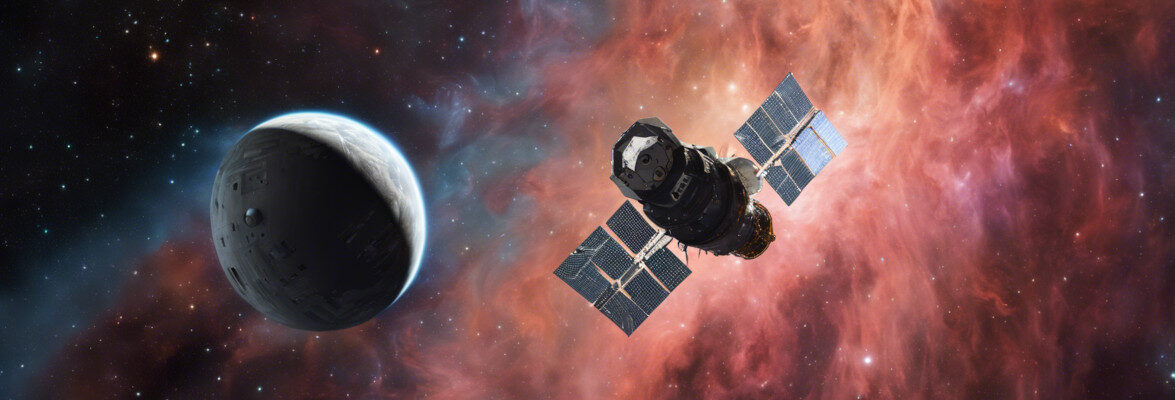
An article published in the journal “Nature Physics” describes similarities between the cyclones present at the planet Jupiter’s poles and the vortices existing in the Earth’s oceans. A team of researchers used images captured by NASA’s Juno space probe of Jupiter cyclones to study them, compare them with similar ocean phenomena, and describe them by applying geophysical fluid dynamics. The conclusion is that Jupiter cyclones are also produced and continue their existence thanks to convection phenomena that lead masses of hot gas to rise and then cool down and descend again into the deeper layers of the Jovian atmosphere.
In Jupiter’s orbit since July 4, 2016, the Juno space probe is offering images and various types of detections on many phenomena taking place on the largest planet in the solar system. The JIRAM (Jovian InfraRed Auroral Mapper) instrument made it possible, among other things, to study cyclones present in Jupiter’s polar areas. Juno was the first space probe capable of showing images of Jupiter’s poles. The image (NASA/JPL-Calthech/SwRi/ASI/INAF/JIRAM) shows Jupiter’s North Pole with eight cyclones surrounding a central cyclone.
These giant cyclones may seem unique, but oceanographer Lia Siegelman of the University of California at San Diego, lead author of this study, noted the similarities of turbulence around them and those around Earth’s ocean vortices. Together with her colleagues, she studied them to understand how energy exchanges occur in the Jovian atmosphere. This would also help to better understand the processes taking place in the Earth’s oceans.
The very high quality of the detections conducted by the Juno space probe allowed the researchers to examine the cyclones of Jupiter’s North Pole and to calculate the speed and direction of the wind by monitoring the movements of the clouds. The infrared images made it possible to estimate the thickness of the clouds, thinner in the warmer regions and denser and thicker in the colder regions.
It’s not the first time that similarities were detected between phenomena existing on Earth and phenomena on other planets. However, in this case, the study started with an oceanographer who interpreted what happens in cyclones at Jupiter’s poles with the tools of geophysical fluid dynamics she normally uses to explain the Earth’s ocean vortices. This means that Jupiter cyclones are also produced and continue their existence thanks to convection phenomena that lead masses of hot gas to rise and then cool down and descend again into the deeper layers of the Jovian atmosphere.
Jupiter cyclones have a much larger scale than the Earth’s ocean vortices but the physical mechanisms are similar. Understanding what happens on Jupiter can help to better understand what happens on Earth despite the extremely different conditions existing on the two planets. This approach to the study of Jupiter cyclones describes them in greater depth thanks to the experience accumulated in the oceanographic field. This could also help other studies linking other planets and the Earth in unexpected ways.

